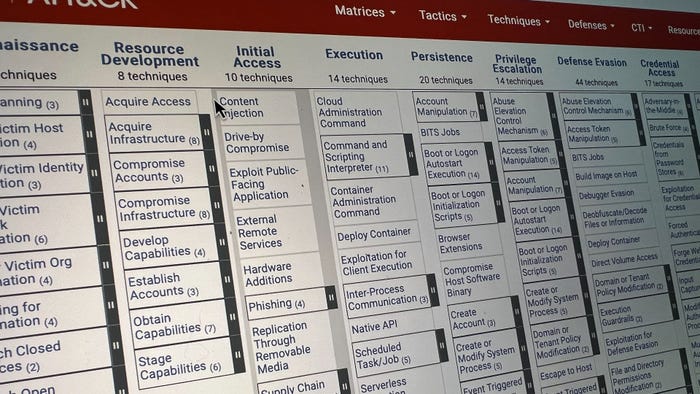Microsoft Office 365 Accounts a Big Target for AttackersMicrosoft Office 365 Accounts a Big Target for Attackers
Just as they did with PowerShell for Windows, threat actors are abusing native O365 capabilities for lateral movement, command-and-control communication, and other malicious activity.
October 15, 2020

With more than 258 million active users users per month, Microsoft's Office 365 environment — like several other Microsoft technologies — has become a popular target for attackers.
Vectra AI recently analyzed data gathered from over 4 million Office 365 accounts between June and August. The security vendor found attackers are widely using Office 365 accounts to move laterally to other users and accounts within an enterprise, to carry out command-and-control communications, and other malicious activities.
According to Vectra, attackers are taking advantage of multiple useful capabilities available within Office 365, particularly Power Automate and eDiscovery, to orchestrate many of their malicious tasks — just as they did with PowerShell for Windows.
"Within the new work-from-home paradigm, user account takeover in Office 365 is the most effective way for an attacker to move laterally inside an organization's network," says Chris Morales, head of security analytics at Vectra. "And when there, attackers use the existing tools present to live off the land and avoid detection."
Vectra's study found signs of lateral movement on 96% of the Office 365 customer accounts sampled. Seventy-one percent of the accounts exhibited suspicious Power Automate activity, and 56% exhibited similarly suspicious behavior with regard to the Office 365 eDiscovery capability. Vectra discovered that in addition to lateral movement and command-and-control communications, attackers are using breached Office 365 accounts to steal data and conduct reconnaissance.
The biggest threat to organizations lies in how attackers are exploiting legitimate Office 365 tools and features to bypass security controls and remain undetected on compromised accounts, according to the study.
Power Automate, for example, is designed to help users automate routine tasks in Office 365, such as saving email attachments to OneDrive for Business or to record responses in SharePoint. Power Automate is enabled by default in Office 365 and currently supports more than 350 application connectors, Vectra notes. Attackers have been abusing the feature to do things like automatically syncing files in OneDrive to an attacker-controlled Google Drive with every file update or to connect via HTTP and send data to a command-and-control system.
"Microsoft developed PowerShell to automate mundane tasks and configurations for Windows," Morales says. Its versatility has made PowerShell widely popular not just among administrators but attackers as well.
"Its unique capabilities have made PowerShell the poster child of living-off-the-land attacks," he says. Like PowerShell, Power Automate was built to automate mundane tasks. And like its predecessor, Power Automate is popular among attackers for the same reasons.
Similarly, Office 365 eDiscovery tools — which are used primarily to search for content in places like Exchange Online mailboxes, Microsoft Teams, OneDrive for Business sites, and SharePoint online — are another attacker favorite. Vectra found attackers are using eDiscovery to search for passwords and other sensitive data without raising suspicion.
Brendan O'Connor, CEO and co-founder at AppOmni, points to two reasons for the high-level of attacker interest in Office 365. One reasons is its high market share, which gives attackers more targets to go after.
"The more complex answer is that Office 365 has its roots as endpoint applications running on Windows OS," O'Connor says.
In other words, even though Office 365 is offered as a SaaS application, many continue to use it like it was running on a PC or laptop.
"The blurring of lines between the endpoint and SaaS application can be beneficial to enterprises offering additional flexibility to users," O'Connor says. "However, it also opens up additional attack vectors for hackers."
The complexity of the Office 365 environment makes securing it a challenge as well, according to O'Connor. In addition to emails and productivity apps such as Word and PowerPoint, Office 365 is also about online storage via OneDrive, collaboration via Teams, and integration with myriad other apps through scripts and connectors.
"The amount of configurations and settings involved is difficult for any IT team to maintain," O'Conner says.
About the Author
You May Also Like




